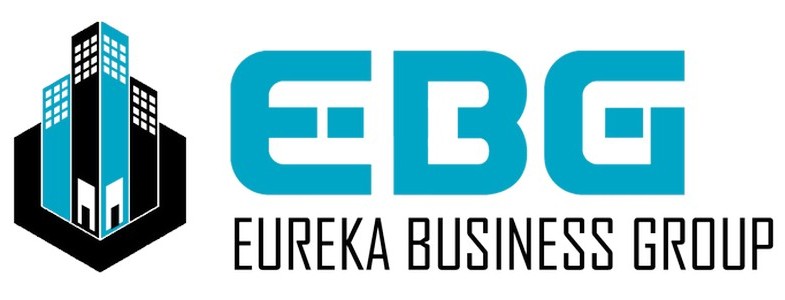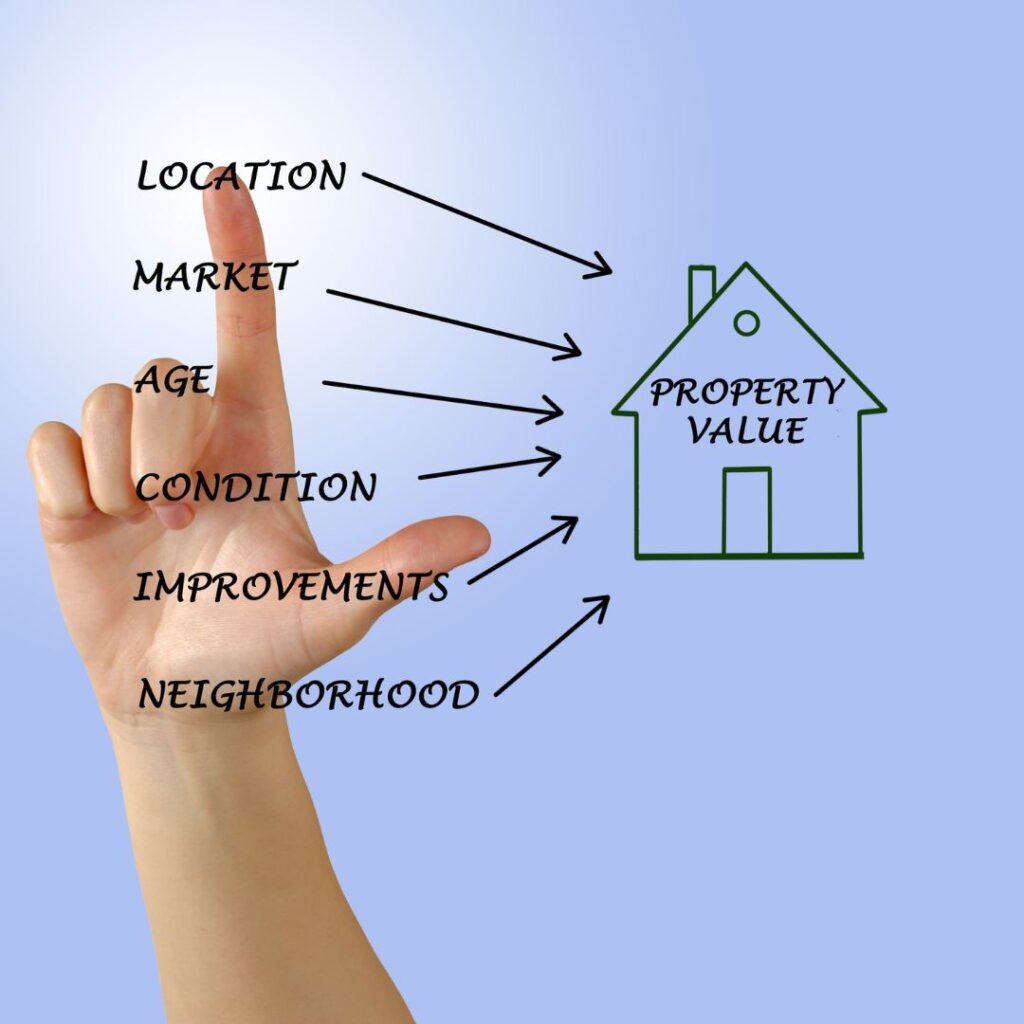- Home
- Retail
- Retail Investors Resources
- Beyond CAP Rates: The True Measures of Retail Property Value in DFW
Beyond CAP Rates: The True Measures of Retail Property Value in DFW
In Dallas-Fort Worth’s dynamic commercial real estate landscape, determining the true value of retail properties has become increasingly complex. While capitalization rates remain a fundamental metric, sophisticated investors are expanding their analytical toolkit to capture the full potential of retail investments in one of America’s fastest-growing metroplexes.
The Evolution of Retail Property Valuation
Traditional valuation methods centered around CAP rates – the ratio of a property’s net operating income to its market value – have served as the industry standard for decades. However, DFW’s rapid urbanization, changing consumer behaviors, and emerging mixed-use trends demand a more nuanced approach to accurately assess retail property values.
Demographics: The New Growth Driver
Understanding demographic shifts has become crucial in retail property valuation. The DFW metroplex gained over 97,000 residents in 2023 alone, with significant concentrations in suburbs like Frisco, McKinney, and Arlington. Smart investors are mapping these population movements against their property assessments, recognizing that today’s bedroom community could become tomorrow’s retail hotspot.
Key demographic indicators now weighted in valuations include:
- Household income growth trajectories
- Age distribution and generational preferences
- Population density progression
- Employment sector diversity
Location Analytics Beyond Traffic Counts
While traditional metrics like vehicle traffic remain relevant, modern retail property valuation incorporates sophisticated location analytics:
Micro-Market Analysis
Properties within walking distance of major employers, multifamily developments, or transit hubs often command premium valuations despite potentially lower current CAP rates. The recent success of Legacy West in Plano exemplifies how proximity to corporate campuses can transform retail property performance.
Future Development Impact
Savvy investors are factoring in announced infrastructure projects, planned residential developments, and potential zoning changes. A property’s value proposition might be significantly enhanced by upcoming DART extensions or new master-planned communities.
Adaptability and Mixed-Use Potential
The ability to adapt retail spaces for multiple uses has become a critical value driver in DFW. Properties that can accommodate hybrid concepts – combining retail with office space, residential units, or experiential venues – often justify lower initial CAP rates through their long-term value appreciation potential.
E-Commerce Resilience
Modern retail property valuation must consider a location’s resilience to e-commerce competition. Properties housing service-based businesses, experiential retail, or last-mile fulfillment capabilities often command premium valuations despite potentially lower current yields.
Environmental and Sustainability Factors
Green building features and sustainability credentials are increasingly influencing property values. Energy-efficient systems, sustainable materials, and LEED certification can lower operating costs and attract premium tenants, justifying higher acquisition prices despite seemingly compressed CAP rates.
Technology Integration Potential
The capacity to incorporate smart building technologies, digital signage, and advanced consumer analytics systems affects property valuations. Retail spaces that can easily adapt to technological innovations often demonstrate stronger long-term value appreciation.
Risk-Adjusted Returns: The Complete Picture
Modern valuation approaches in DFW’s retail market emphasize risk-adjusted returns over simple CAP rate comparisons. Factors including:
- Tenant credit quality and diversity
- Lease structure flexibility
- Property age and maintenance requirements
- Market position and competition
- Redevelopment potential
All contribute to a more comprehensive risk assessment framework.
Looking Ahead: The Future of Retail Property Valuation
As DFW’s retail landscape continues to evolve, valuation methodologies must keep pace. Investors who rely solely on CAP rates risk missing opportunities in properties with strong underlying fundamentals but temporarily compressed yields. Successful investors are increasingly employing sophisticated analytical tools and considering multiple value drivers to identify promising retail investments.
The most successful retail property investors in DFW understand that while CAP rates provide a useful starting point, they tell only part of the story. True property value lies in the intersection of current income, future growth potential, and adaptability to changing market conditions. By embracing a more comprehensive valuation approach, investors can better identify opportunities in this dynamic market and position themselves for long-term success.
The future of retail property valuation in DFW will likely become even more nuanced, incorporating new metrics around digital integration, sustainability, and mixed-use potential. Investors who adapt their valuation methodologies accordingly will be best positioned to capitalize on the metroplex’s continued growth and evolution.



